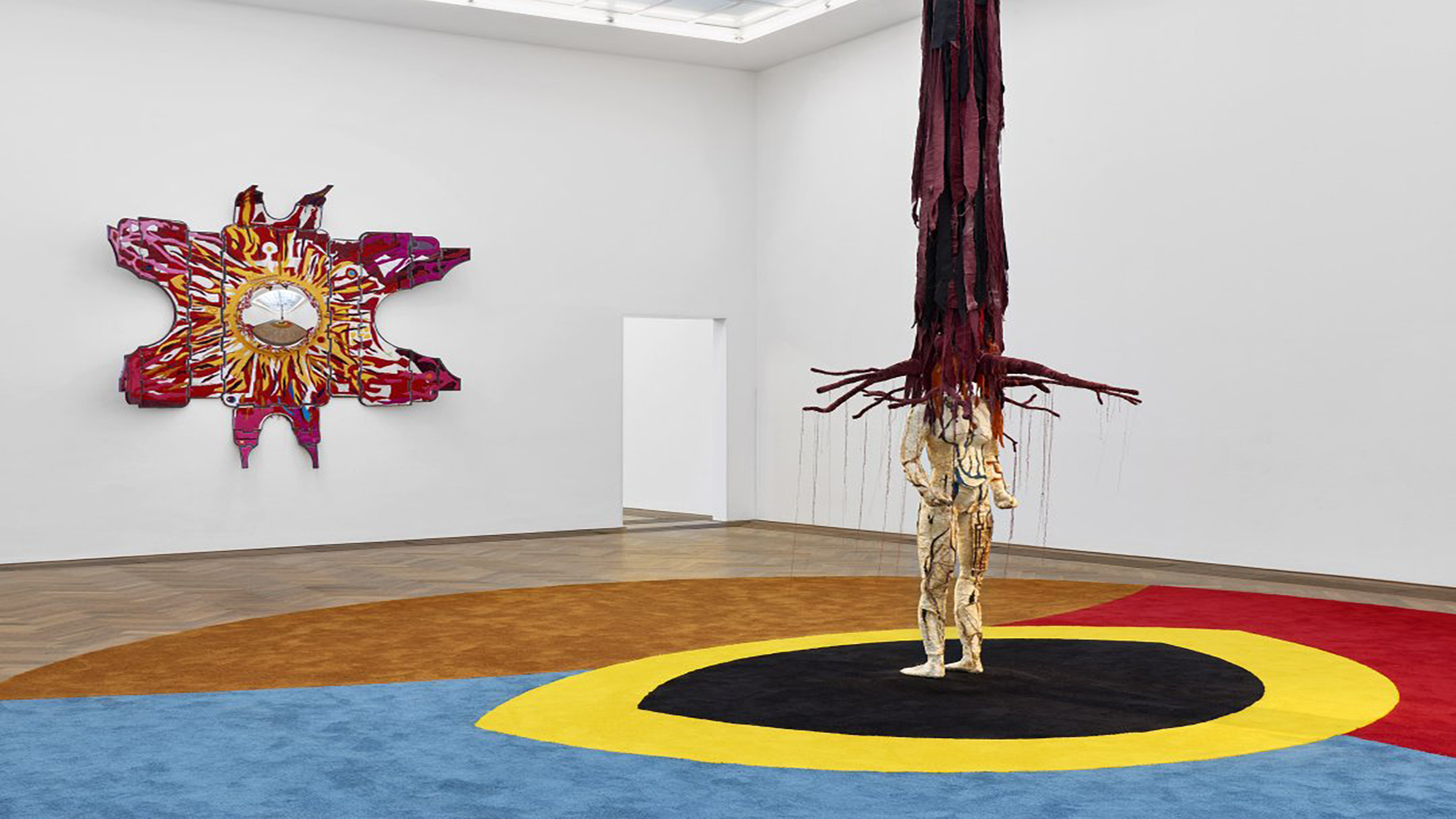The many existing immunities in our society are challenged here through art to critique class prerogatives, hierarchical power, and the archetypal and unchanging positions of institutions. But it also intends franchises and the untouchability that often render hollow the concepts of freedom and democracy. Pedro Wirz refers directly, and without any pretenses, to the best known of immunities: diplomatic immunity. And he does so to recount the mother of all immunities.
In Wirz’s art project, the idea takes shape in 12 sculptures of various sizes. Installations that refer to hegemonic roles. A king, a president, a pope, a rabbi, and other powerful people are mentioned. Each figure reflects a particular hierarchy of command: economic, religious, political, or socio-cultural.
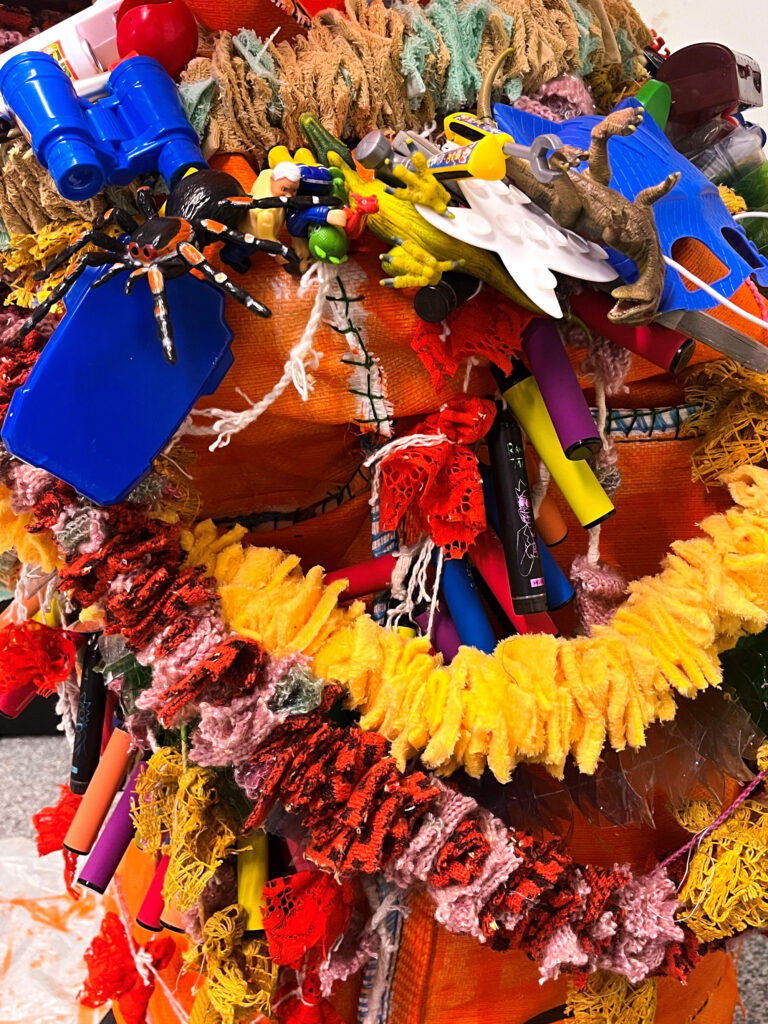
Remnants of power
In contrast to the supposed role of power, the sculptures are made from the remnants of the most diverse materials, collected by the artist in his studio. They are remnants of authority. An approach inspired by the Merzbau of constructivist artist Kurt Schwitters. But also from the idea of assemblage and precarious sculpture. At the same time, obsessive and compulsive aspects of accumulation are highlighted as a reference to the cycles of continuous growth and exhaustion of the consumerist world. It speaks of that world of cyclical crisis and permanent emergency. Elements of disarming actuality. A provisional aesthetic that recalls symbols of power that have fallen into ruin.
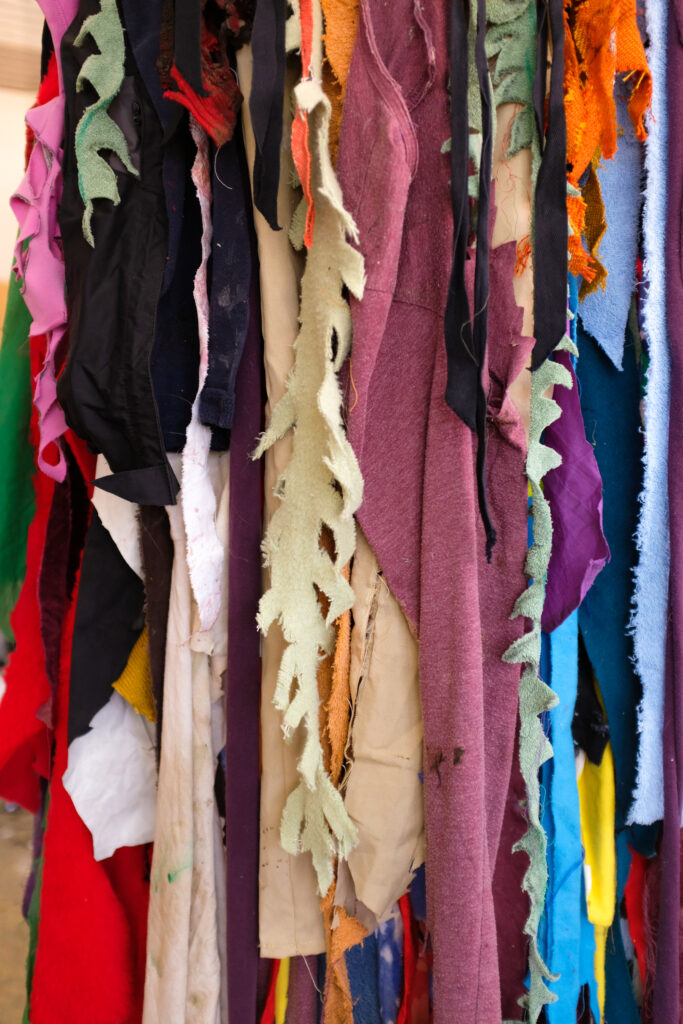
Figures and obstacles
The stigmatization of power figures reflects in Pedro Wirz’s installation, even in its very configuration. The 12 busts in the space stem from the artist’s investigation of the geometry of international meetings: the essential gatherings such as the G7, the Club of Rome, or even the Last Supper of the biblical narrative.
Visitors to the exhibition have barely enough space to move around, while the busts become almost obstacles to be carefully avoided. Even by its physical presence, the work thus expresses the dichotomy between competition and cooperation. And it stands at the heart of the questioning of the true meaning of a “more sustainable society,” exhibiting the idea that it is often viewed exclusively from a mercantile perspective.
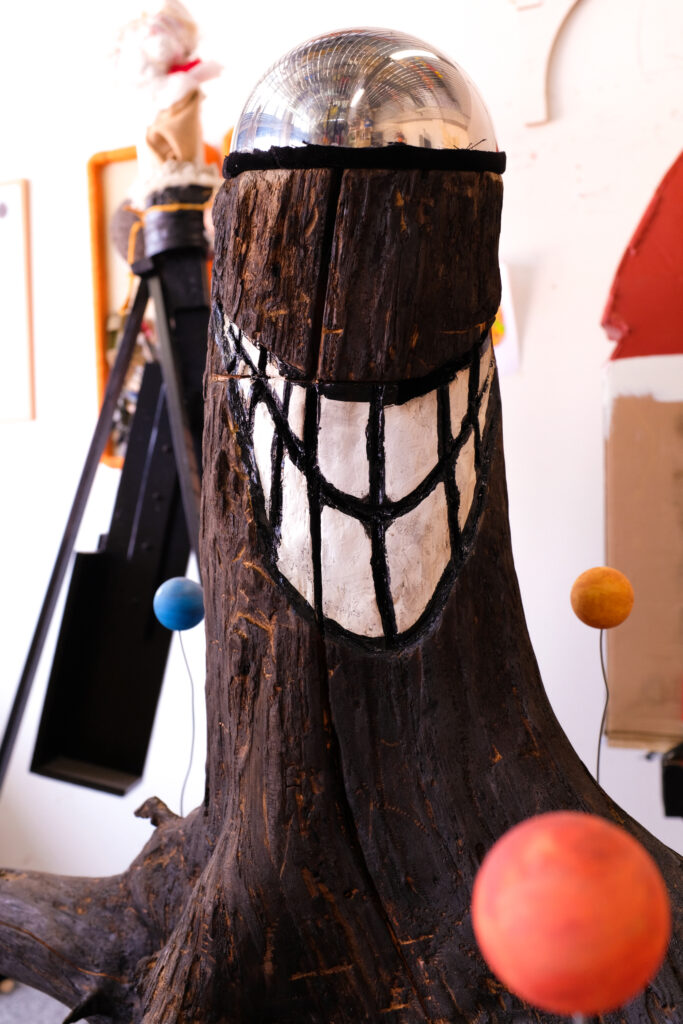
A more sustainable society
Pedro Wirz states: “To embark on a more sustainable existence, we must confront reality. And with the difficulties of living together. We have to go far beyond our lives, our desires, and our vanity. And even beyond the legacy of a family name. Or the principles promoted by religious leaders or mythological figures. We must think not as individuals but as a species. That is, as inhabitants of the earth, as earthlings. As living beings meant to coexist simultaneously and respectfully.”
“To embark on a more sustainable existence, we must confront reality. And with the difficulties of living together. We have to go far beyond our lives, our desires, and our vanity. And even beyond the legacy of a family name. Or the principles promoted by religious leaders or mythological figures. We must think not as individuals but as a species. That is, as inhabitants of the earth, as earthlings. As living beings meant to coexist simultaneously and respectfully.”
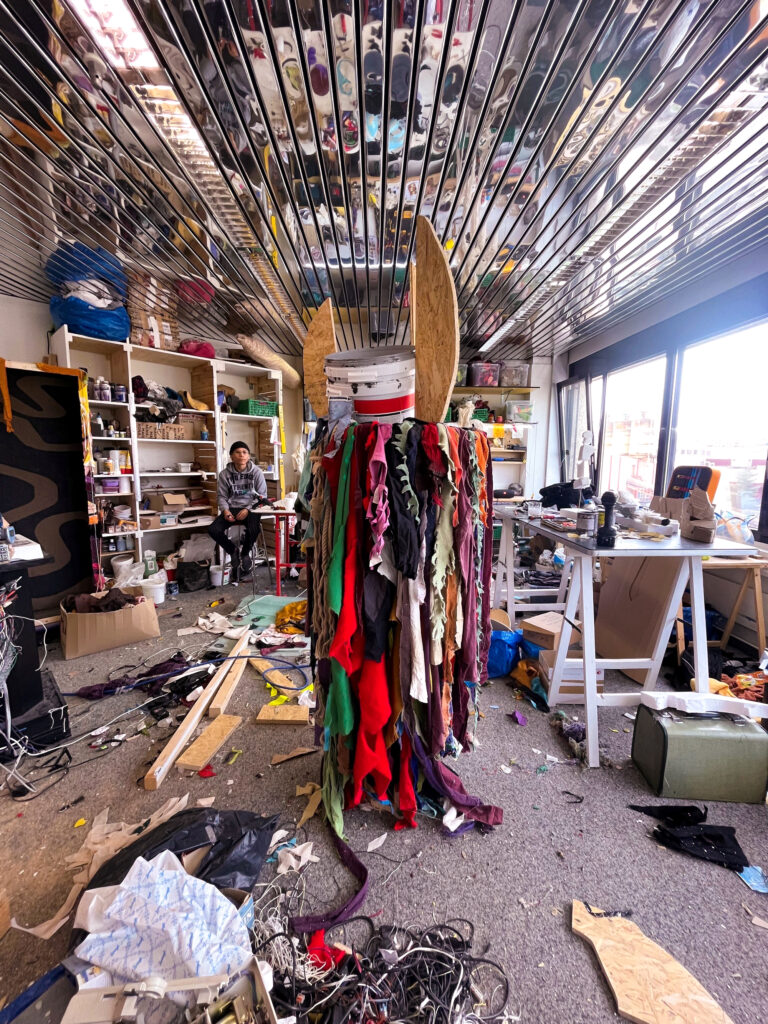
Organic, synthetic, technological
Also on display are three wall reliefs. Works that belong to a series, begun in 2019 with which the artist investigates the links between the organic, synthetic realm, and technological realities and how their contamination is altering the environment in a continuous battle between extinction and renewal.
This momentum of transformation of ecosystems is largely determined by human (technological) intervention, which manifests itself through subjects and materials of the reliefs inscribed in the natural landscape. While the rectangular box shape evokes, metaphorically, television screens or smartphones, but perhaps also human-sized tombstones.
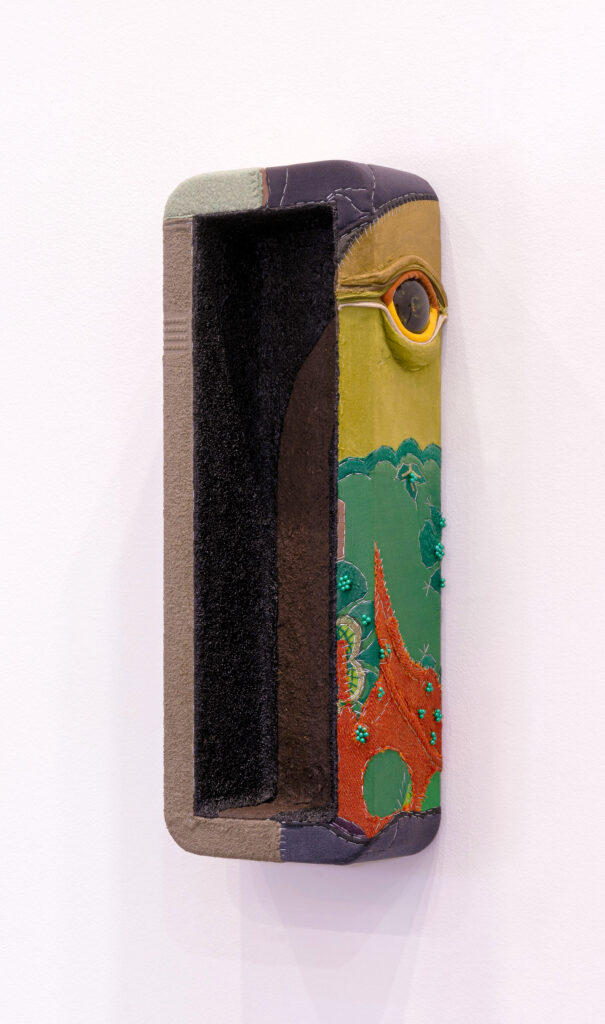
The artist and the Bally Artist Award
Pedro Wirz (born in 1981 in Pindamonhangaba, Brazil) lives and works in Zurich. His inspiration ranges from cultural history to science, from crafts to folklore. The Bally Foundation, driven by a deep passion for contemporary art, strongly desired and created the Bally Artist Award to support emerging artists, Swiss artists, or Swiss residents, who are particularly committed to research between know-how and nature. For the 2023 edition, the Bally Foundation and MASI called seven internationally renowned nominators to select the participating artists.
The quality, relevance, and diversity of the submitted projects excited the jury, effectively making the choice complex. In the end, Pedro Wirz won the coveted prize, perhaps partly because of his reflection on power, hegemony, and freedom.
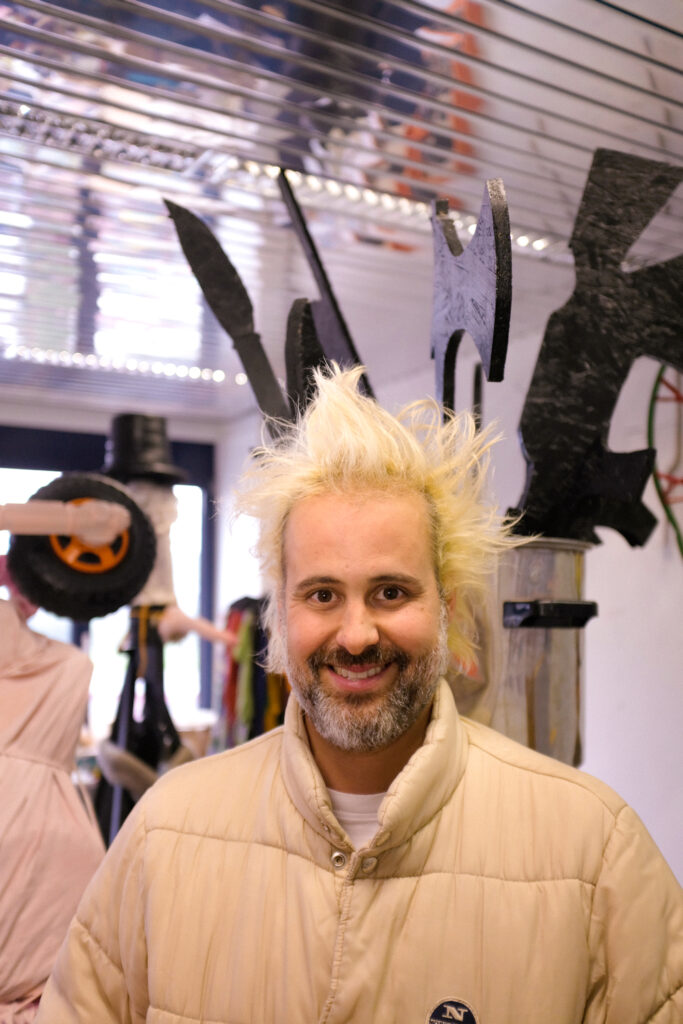
Diplomatic immunity
June 4-July 23, 2023
Art Museum of Italian Switzerland, Lugano
Venue Palazzo Reali
Read more: Pedro Wirz
You might be interested in: Can artists be sustainable in 2023?


